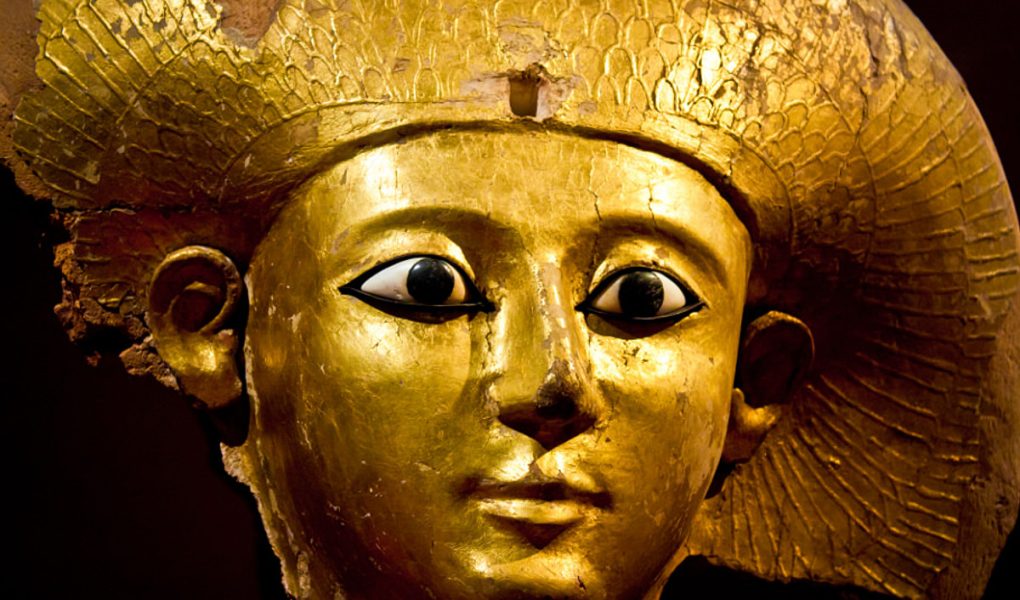kickstand-project.org – Gold, a precious metal known for its lustrous beauty and rarity, has been a symbol of wealth, power, and prestige across various cultures throughout history. This cultural encyclopedia delves into the multifaceted significance of gold, exploring its historical uses, cultural meanings, and its impact on societies around the world.
Historical Overview
Gold has been treasured since ancient times, with evidence of its use dating back over 6,000 years. Ancient civilizations such as the Egyptians, Romans, and Incas all held gold in high esteem, using it for jewelry, coinage, and in religious artifacts. The metal’s malleability, ductility, and resistance to corrosion made it ideal for these purposes, and its rarity ensured that it was valued highly.
Cultural Significance
Egypt
In ancient Egypt, gold was considered the “flesh of the gods.” Pharaohs and queens were often buried with gold artifacts and jewelry, believing it would accompany them into the afterlife. The famous mask of Tutankhamun, made of solid gold, is a testament to the metal’s importance in Egyptian culture.
Rome
The Romans used gold extensively in coinage, which facilitated trade across their vast empire. The Roman currency, the Aureus, was a gold coin that symbolized the empire’s economic power.
Incas
For the Incas, gold was a sacred metal associated with the sun god, Inti. They crafted intricate gold artifacts and jewelry, believing that these objects would please the gods and bring prosperity to their empire.
Economic Impact
Gold has played a crucial role in the global economy, serving as a medium of exchange, a store of value, and a hedge against inflation. The discovery of new gold deposits, such as those in the Americas during the 16th century, and the California Gold Rush in the 1850s, had profound effects on world economies and the movement of populations.
Modern Uses
Today, gold continues to be a valuable commodity, with applications in jewelry, investment, and industry. Its use in electronics, dentistry, and aerospace highlights its unique properties and versatility.
Conclusion
Gold’s enduring allure lies in its combination of beauty, rarity, and utility. From ancient civilizations to the modern world, gold has been a symbol of human achievement and aspiration. As we continue to explore and value this precious metal, its cultural significance remains as strong as ever, embodying the timeless quest for beauty, wealth, and power.

